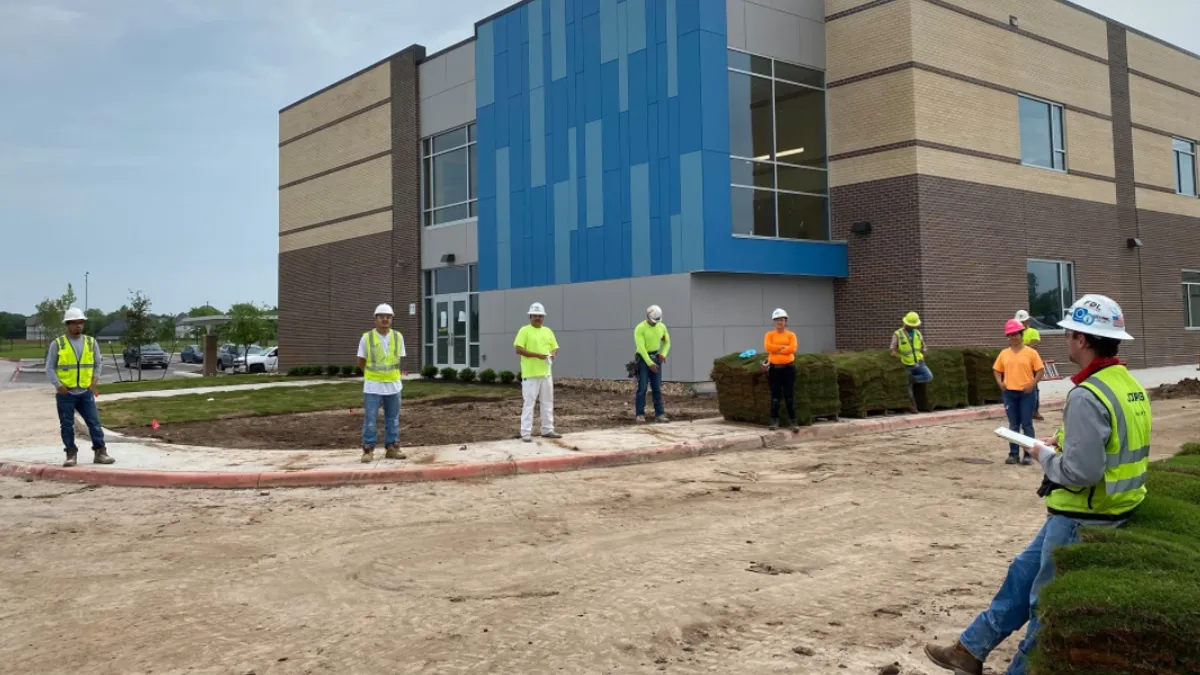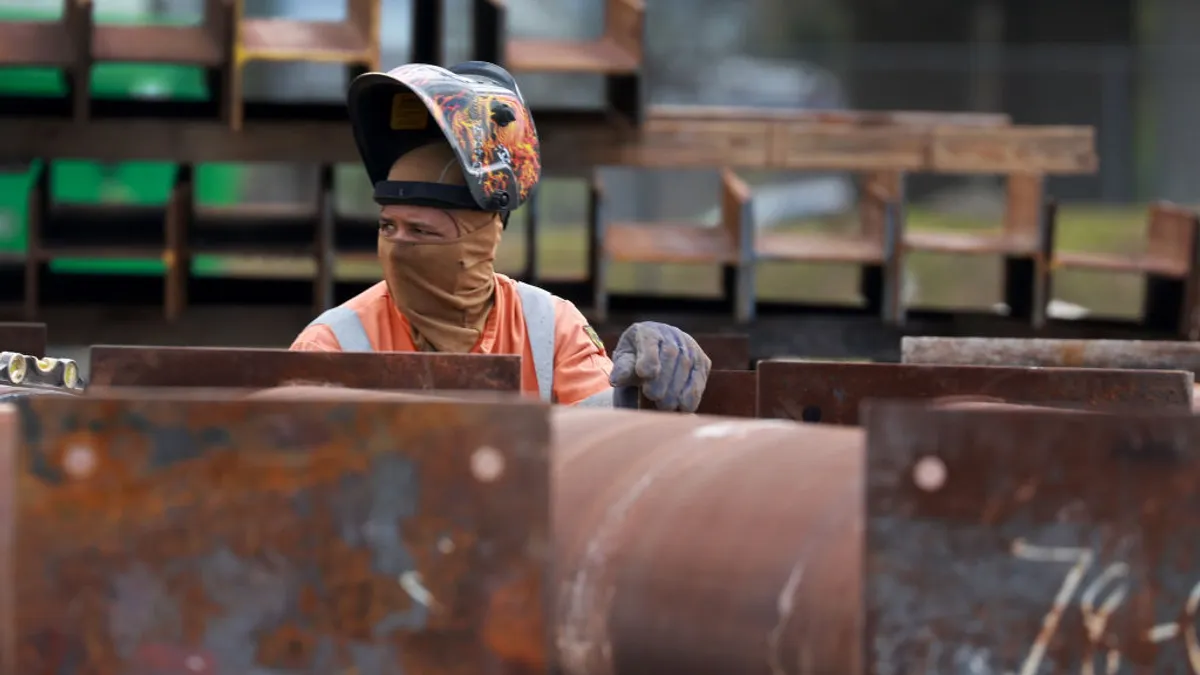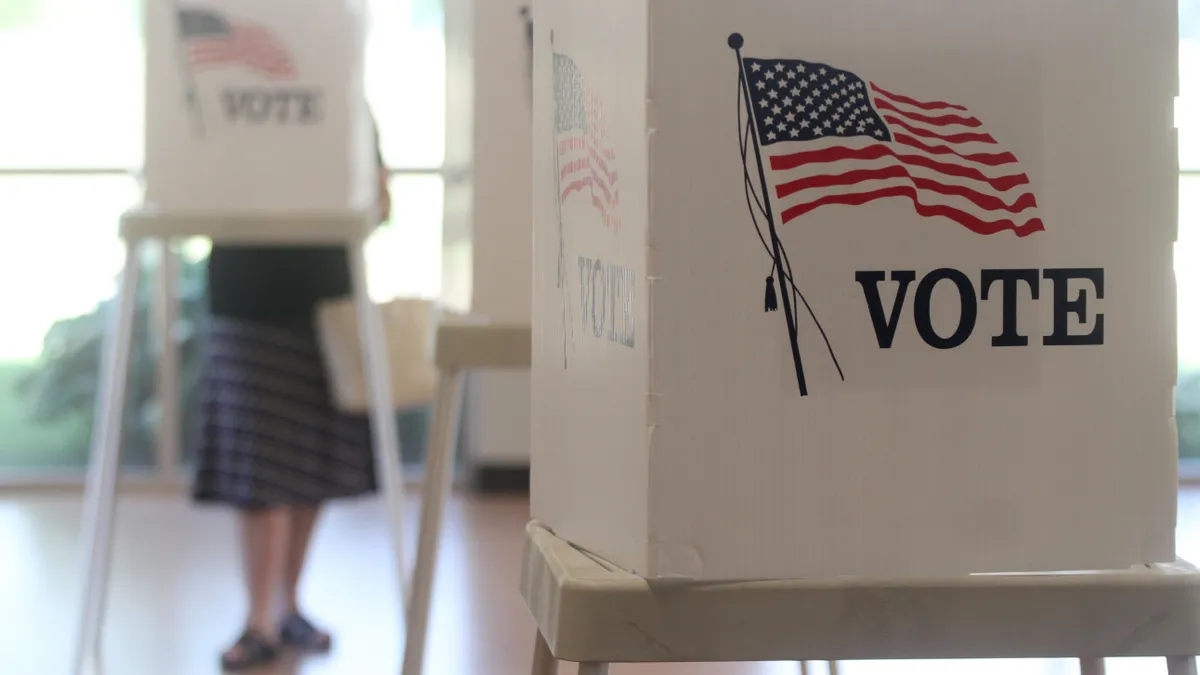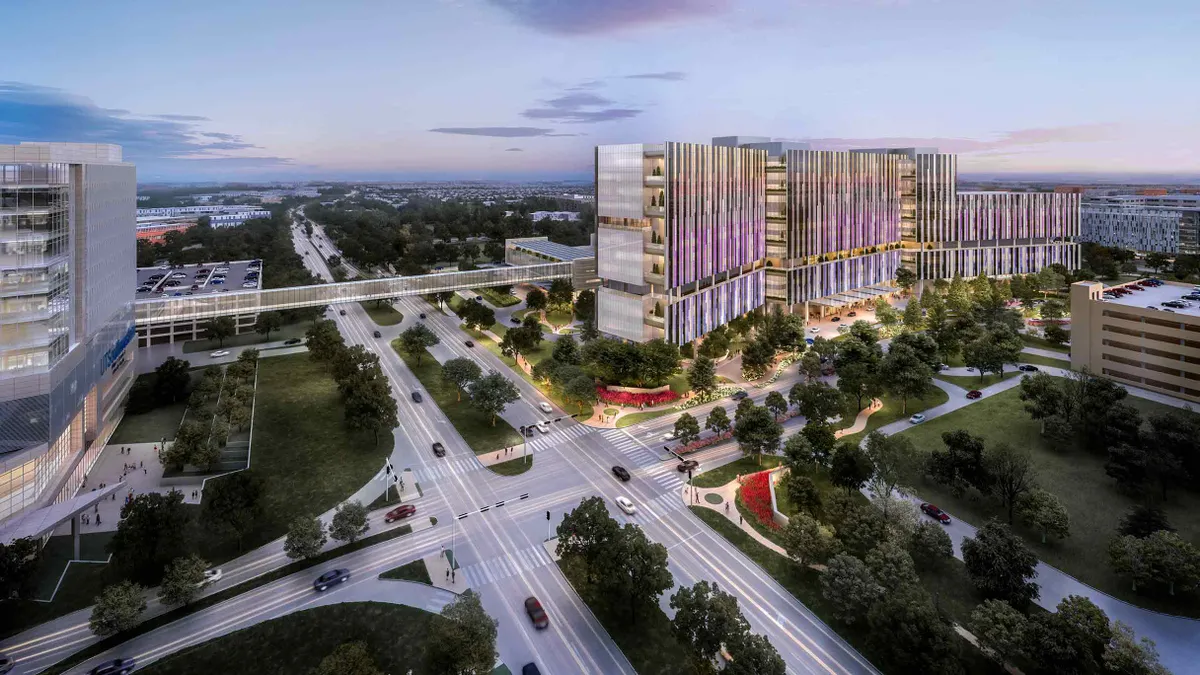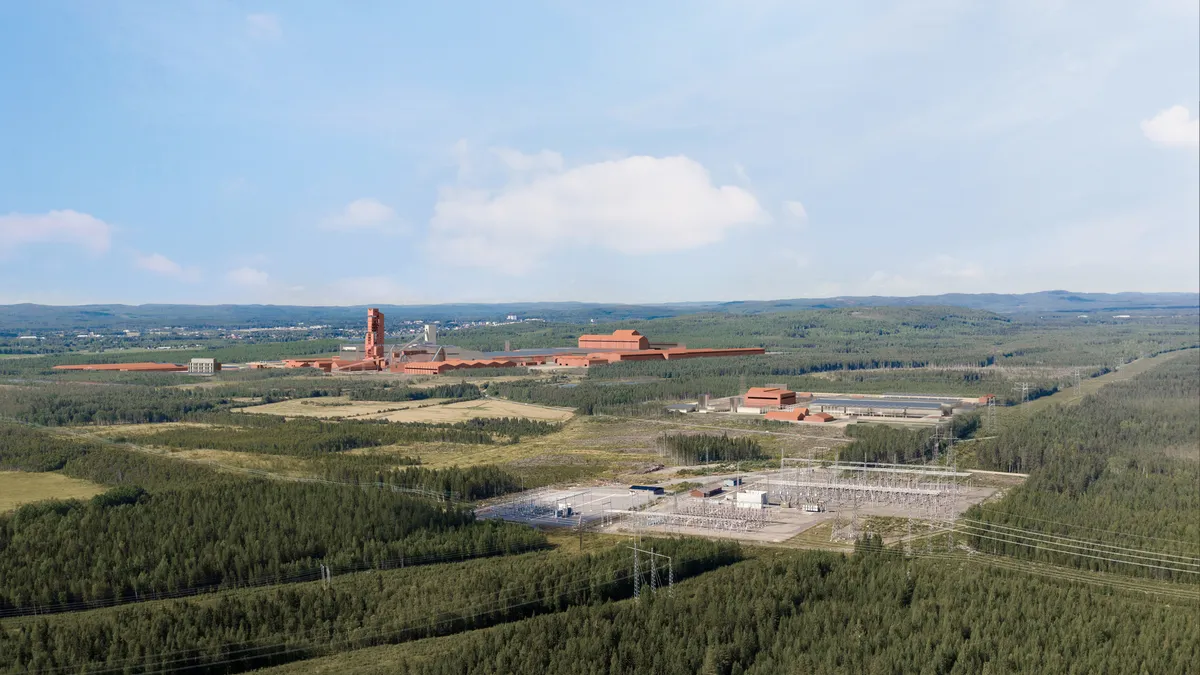A new analysis that quantifies how construction activity during the coronavirus pandemic elevates health hazards for workers as well as members of the general public in Austin, Texas, reinforces the importance of jobsite safety methods.
The study, commissioned by Austin Mayor Steve Adler, found that keeping the city’s jobsites open without any special safety precautions could triple the number of coronavirus-related hospitalizations in the general population — from 10,000 to 30,000 — and raise construction workers’ risk of hospitalization eightfold by the middle of August.
The model from a team of researchers at the University of Texas at Austin is based on a scenario that assumes the surrounding community is under a highly strict shelter-in-place order (with around 90% of residents staying home) while construction work continues with no special safety precautions. It also assumes that construction jobsites have double the transmission risk of a typical workplace due to the "nature of construction work and/or the elevated concentration of construction workers at essential worksites."
The researchers looked at other scenarios that varied the intensity of contact among construction workers at jobsites and the proportion of workers allowed to be at the sites. Phil Thoden, president of the AGC Austin Chapter, said that the study reinforces the importance of safety measures.
“There’s always been danger on construction jobsites, which is why a focus on safety every day and especially during this time of the pandemic is critical,” he said, adding that hundreds of local workers took part in the AGC's Coronavirus Safety Stand Down last week.
Mark Breslin, CEO of the California union association United Contractors, agreed that safety measures are critical and said the study should have looked more at how builders' work to mitigate the virus spread is keeping workers and communities safe.
"Our membership does $35 billion in projects a year and every one of them is entirely committed to COVID-19 jobsite protocol," he said, noting that United Contractors has implemented a Zero Tolerance Campaign and offers an online training program that has been viewed by 150,000 workers since the crisis began.

The Austin metro area has about 50,000 construction workers representing more than 4% of the labor force, not including undocumented workers, according to the study. Since the pandemic arrived in Austin last month, Adler has expressed concern for the health and safety of construction industry professionals and those they are in contact with, particularly those living in the city’s working-class east side.
“I am concerned about the impact that this could have on the east side of our city in part because so many of the people that are doing construction in our city live on the east side of town,” Adler told TV station KXAN.
Last month, Adler and Travis County Judge Sarah Eckhardt issued a mandate stopping all nonessential construction in the city and county, but on April 2, Texas Gov. Greg Abbott reversed that decision with his executive order allowing construction across the state to continue.
Construction safety protocols can help avert a crisis
The city of Austin is not alone in efforts to understand the risks that construction presents during the pandemic. In many parts of the country, construction has been allowed to continue, though trade unions, workers and elected and health officials have raised concerns. Many have offered anecdotal evidence about the potential danger of keeping sites operational, but the university's study is the first to quantify these risks, Adler told the Austin American-Statesman.
The study's worst case scenario is avoidable, the researchers said, noting that strict jobsite safety measures can keep the spread of the virus to workers and the community to a minimum. It found that the risk of increasing community hospitalizations and worker illness can be greatly diminished through measures such as temperature screenings, use of personal protective equipment, tool disinfection, hand-washing stations and rotating shifts.
Health and safety precautions like these can help avert a crisis that would overwhelm local healthcare capacity, the study notes.
“It comes down to how much construction site mitigation takes place — how well we're protecting those workers and by protecting those workers how well we're protecting the entire community,” Adler said during a press conference introducing the study last week.
Thoden echoed that sentiment, and said that Austin’s building community takes jobsite health and safety seriously. In many cases, local builders are going beyond city and county guidelines in order to keep workers safe. Some owners and contractors have shut down sites they deem too risky, he said.
“The study shows that if no safety and health procedures are implemented then our industry is at risk for increasing the spread of the virus,” Thoden said. “But if the safety and health procedures required by the city and county are being followed, then there’s negligible if any spread of the virus.”



